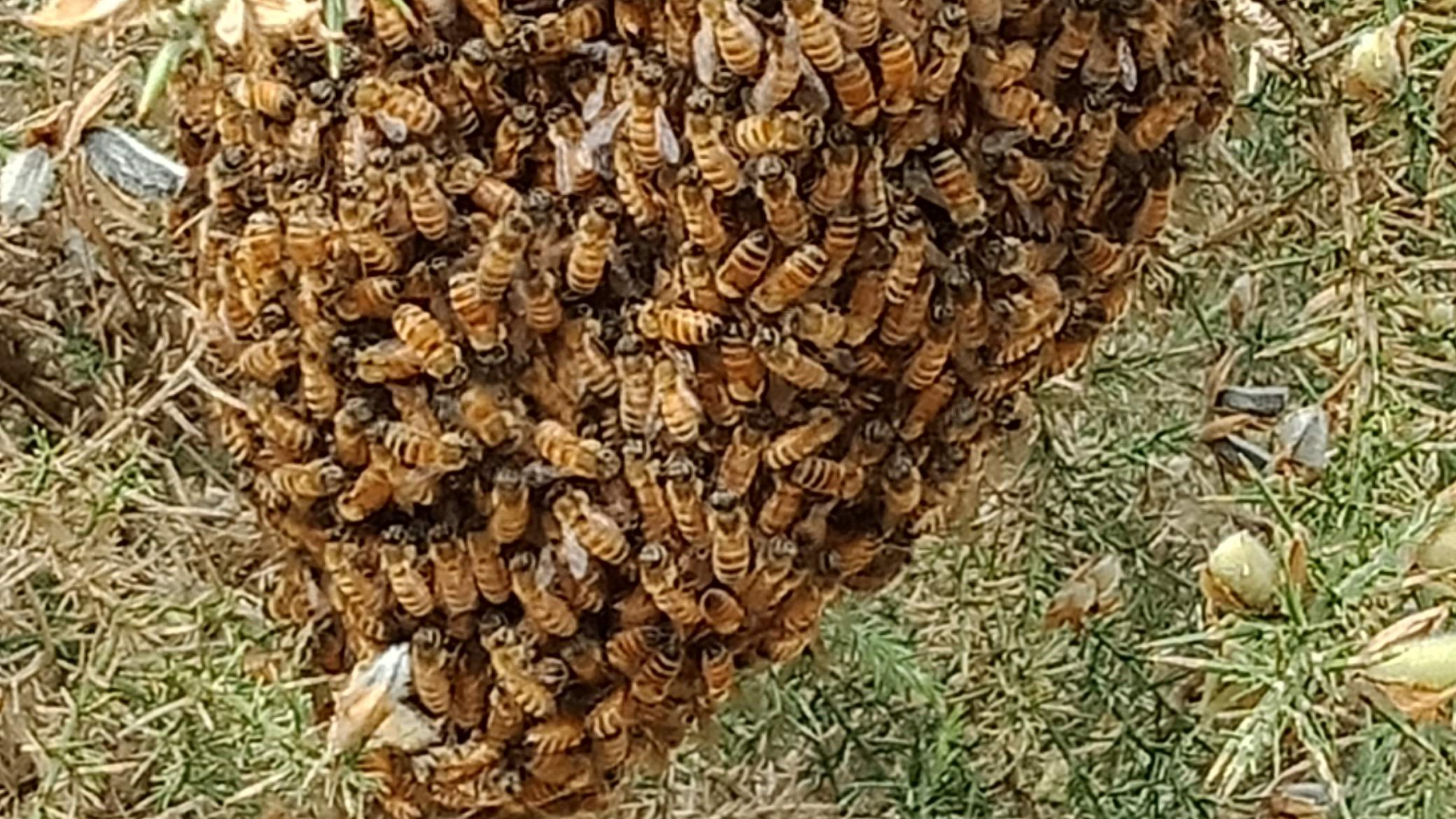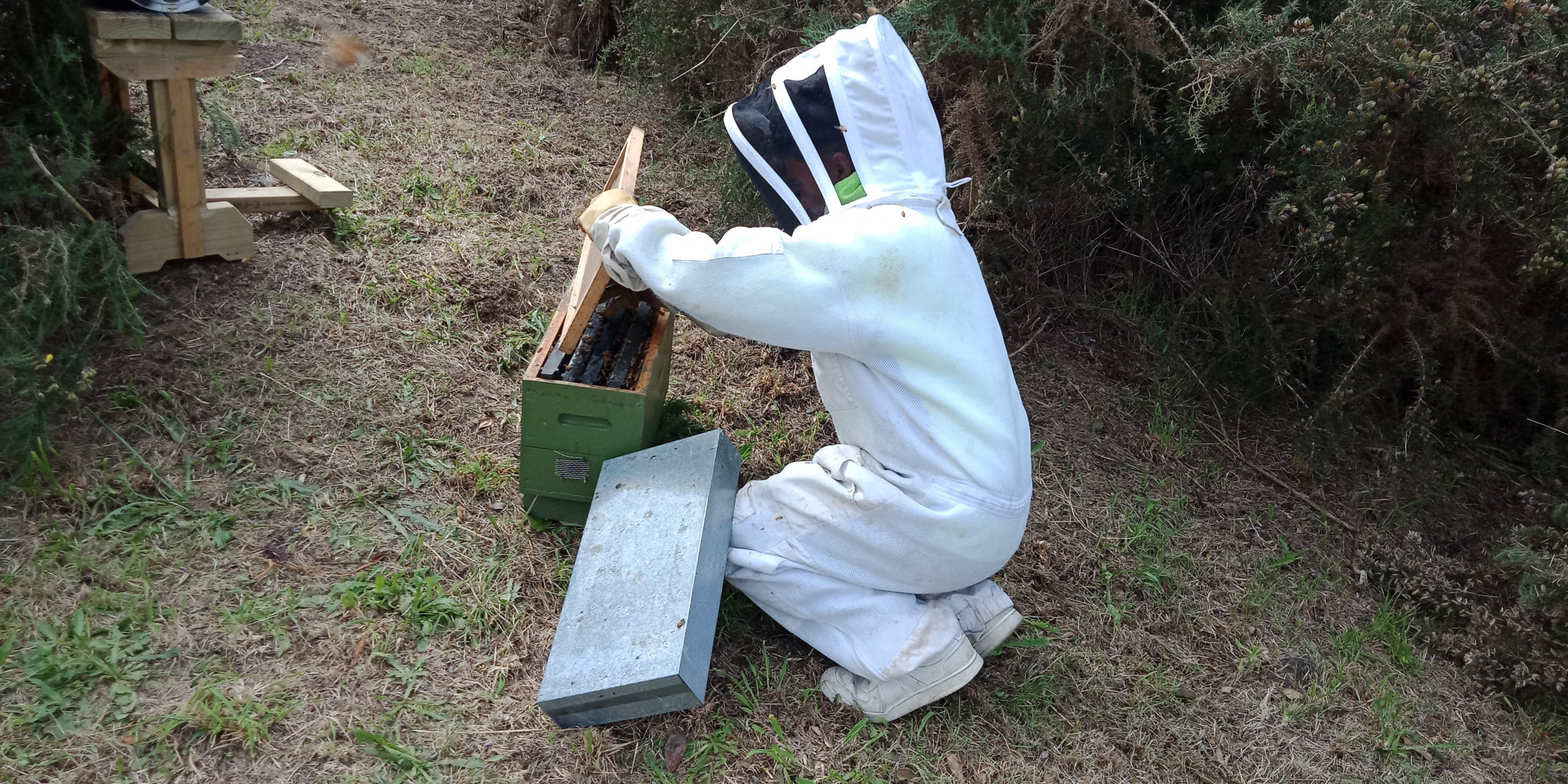Bees at Massey High School
Bees Enjoying the Warmer Weather and the Possibility of Swarming.
Finally, we are experiencing warmer and drier days which allows bees to maximise on foraging and building stores from the increase in flowers around in the local area. The warmer seasons affects the activity and breeding of bees. If they get overcrowded in their hives some will leave the hive and form a mass of bees somewhere else, which is what we call a swarm.
Bees swarming is a natural occurrence which is a part of their reproductive cycle. Honeybees are the only type of bees that swarm. Swarming season across New Zealand can begin as early as August and runs through until January. One of the main reasons for bees swarming is overcrowding of the hive due to the queen laying more eggs thanks to warm weather and an increase of flowers and pollen.
The queen and anywhere between 5,000 to 20,000 worker bees will leave the hive and land in gardens or sometimes in even more obscure places. The bees hang in a mass around the queen keeping her warm and ensuring she is safe. Recently we had this happen with our MHS bees and a swarm formed on a gorse branch nearby with a mass of bees from the original hive. The bees were not aggressive, but their numbers can be seen to be quite daunting if you come across them especially if they get disturbed. We contacted our hive managers at Beezthingz, and they were able to send a beekeeper along to “capture” the bees and take them away to another hive. If bees swarm and move beyond your property, then they become fair game for any beekeeper to retrieve and keep.
If you find a bee swarm the best thing to do is leave it alone and call a beekeeper to collect, it in a safe manner. Don’t worry, bees in a swarm are not aggressive or inclined to sting unless provoked. We hope our bees enjoy the summer. N Hackett
  |   |